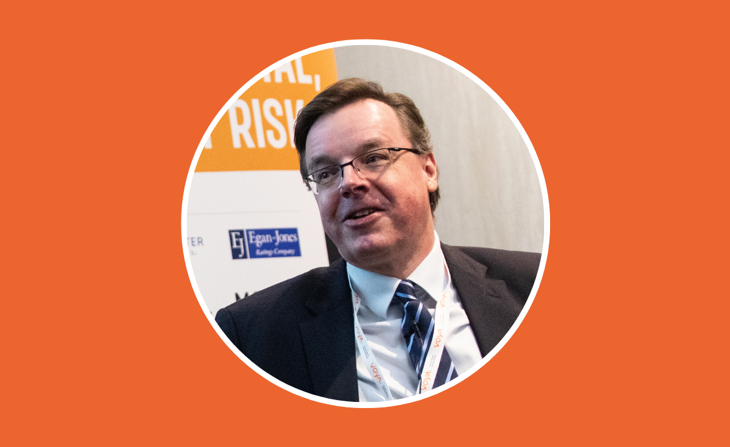
Erik Vynckier: There are truly two drivers at work:
- The increasing complexity of the business itself, with special expertise needed to deliver the firm's products and services to the consumer: IT, off-site cloud, 24/7 availability, for some insurers: telematics, other software requirements (for risk, ALM, administration of policies), legal and regulatory issues, sophisticated investment strategies
- Competitiveness and cost pressures: does the operating model allow the organisation to enter the market at the right price point? Can the organisation innovate and stay ahead of the competition?
"Management needs to define the company and its products across projects and make sure [they] are aligned with the products and the growth strategy."
Hence you might not have the right resources in-house or even be unable to source them, in which case you have to find the right consultancy or a trained and knowledgeable contractor. This may be an interim solution or for a limited activity with a clear scope, a temporary contractor may be the best solution.
Management and employees need to be able to hire, proof, integrate and manage such temporary resources effectively, making sure quality standards and Service Level Agreements (SLAs) are met and the overall organisation remains consistent in its operating model and delivers an integrated service to clients. Management also needs to define the company and its products across all projects and make sure the current projects are aligned with the products and the growth strategy.
Erik: Safer, sooner, cheaper, better: that's indeed the target. However, those four dimensions are contradictory if attempted without the right inspiration and a design with compensation along those dimensions will prove necessary. If you ruthlessly optimise one dimension, say cost, or speed, it will fail to deliver on the other dimension or fail to deliver at all.
Design is critical as you always have multiple functions and applications running alongside one another and need to collaborate. You need to end up with a reliable workflow, without gaps, and simultaneously cost-effective. This requires not just systems purchased from vendors and services purchased from consultants and contractors but an overall architecture for the organisation that delivers what the clients want, today and tomorrow.
Erik: We practice a model for outsourcing.
IT can be outsourced, but our own head of IT is permanent staff. The internal head of IT designs and proofs the overall architecture, and purchases the building blocks externally, but with knowledge of required functionality, cost and SLAs. They need to stay abreast of what vendors can offer, what competitors are doing and where to source an alternative in case one of the vendors fails to deliver or even fails financially. Operational resilience is now a regulatory requirement. Failures will happen but the customer needs to be secure and made whole in case a failure affects a customer.
"The in-house skill is the permanent firm's expertise, which secures the firm's delivery to clients across all forms of outsourcing."
Actuarial services are bought, but our in-house product actuary and our Chief Financial Officer know what actuarial services they should contract for, what they should be receiving and what they should be paying.
We have outsourced investment management, but the in-house Chief Investment Officer and the in-house Investment Committee set the standards, review performance and investment reporting and award mandates externally.
So, the model is one of outsourcing with skill. The in-house skill is the permanent firm's expertise, which secures the firm's delivery to clients across all forms of outsourcing and contracting and across time and contract renewal.
Erik: There are multiple risks, and they are all large. Operational failure is the obvious one: you can outsource tasks, but never responsibilities. Overpaying and ending up being uncompetitive is another large risk: outsourcing and contracting are not always cheaper; efficiency might be achieved by resorting to outside expertise, but are you hiring the right vendors or contractors for a given job? Integration of what vendors and suppliers do into a product that works for clients remains the ultimate responsibility of the organisation itself.
Finally, a certain operating model may work very well for an established market but may stutter on moving forward. How do you adapt to a new product, a different distribution channel, or an emerging technology?
What I have not yet discussed in any of the above is how the in-house staff experiences day-to-day operations. Are they satisfied, do they find working at the organisation fulfilling, and do they have space to try out and then implement their ideas and innovation? That's always a big question.